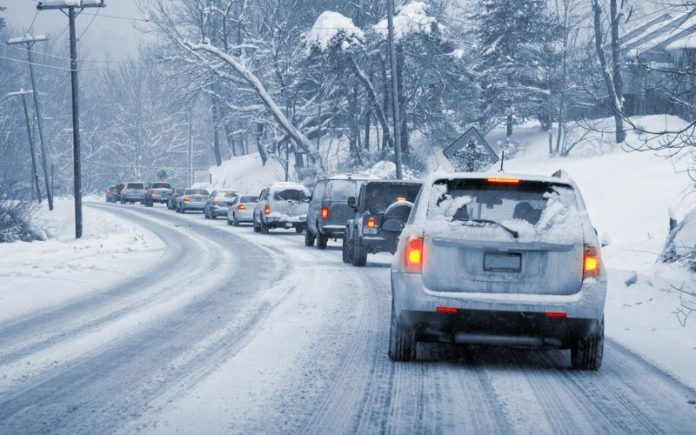With winter approaching quickly, it is time to review safe driving habits. Whether you are a new driver or a seasoned one, winter presents a wide range of conditions that increase the risk of accidents. Whether you want to know how to winterize your car or how to navigate slippery roads, knowing how to drive in snow and ice is important.
What are the Three Key Elements to safe winter driving?
Winter driving takes different skills than when there are normal conditions. Follow these guidelines when you need to be on the road.
1. Reduce speeds and leave extra room. One of the best ways to deal with inclement weather and avoid crashes is to drive slower and leave more room in between you and other vehicles. Posted speed limits are meant for normal weather and road conditions, and slower speeds allow for easier stopping and less chance of running into someone else. Ice and snow buildup cause vehicles to take longer to come to a stop, and larger trucks take even longer.
2. Know how to deal with risky conditions. If you are driving up a hill and it is slippery, apply a little more gas so you do not get stuck and start moving backwards down the hill. If you begin to skid, gently remove your foot from the gas pedal and steer in the direction of the slide. Do not slam on the brakes. If your car has anti-lock brakes, apply a steady pressure. If it does not, pump the brakes to slow down and stop. If you live in a mountainous area, make sure you have snow chains for cars in your vehicle so you can put them on when conditions are bad. Always follow chain requirements. You may also want to invest in snow tires if you experience high amounts of snow during the winter months.
3. Be aware of icy areas. Black ice is often hard to see, and it may be under packed snow. Keep in mind that shady areas, ramps, bridges and overpasses often freeze first and may be icier than other areas of the road.
How Do You Prepare For Winter Driving?
Before you even start out on the road, it is imperative that you prepare your vehicle for winter driving. Even before the first snow falls, take your car in for a tune-up. Replace worn out wipers and look into the best car batteries so you know your vehicle has enough juice for the elements.
If you need to drive in winter weather, make sure you clean off your car before taking off. Remove all snow and ice so there is no visual obstruction. Along with wiping off the windows and mirrors, get all head- and taillights as well as the license plate.
It is also a good idea to be aware of areas that present extra risky conditions. Plan your route ahead of time so you can avoid steep hills and extremely icy or snowy areas.
Stay Safe This Winter
The best way to prepare for winter driving is to winterize your vehicle and brush up on your driving skills. Go out only when necessary and take extra precaution when you do.










